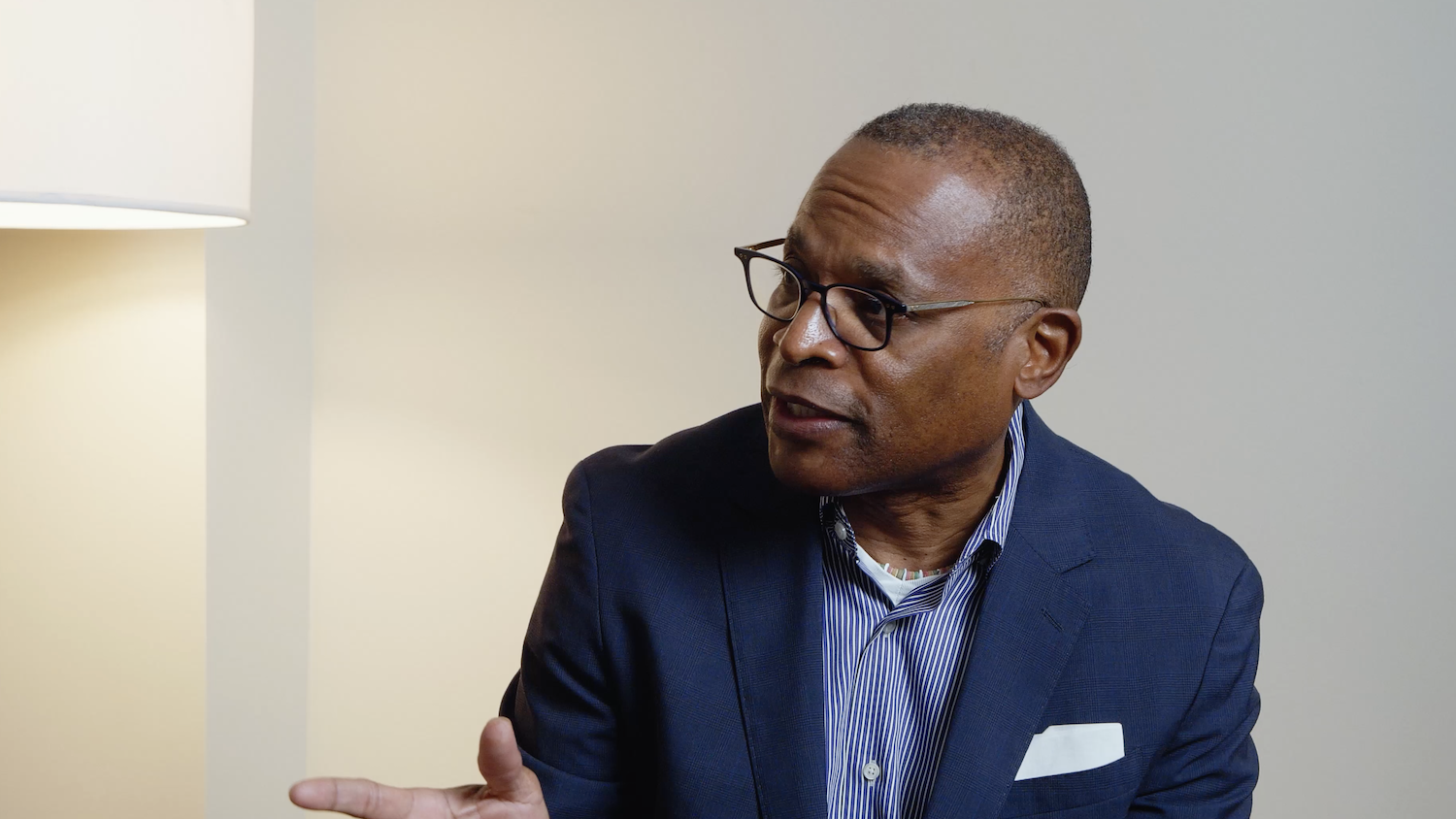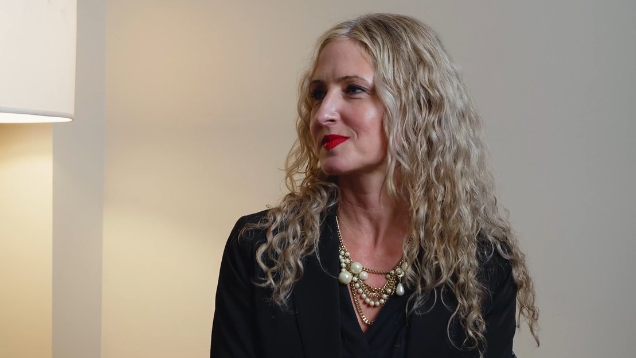Facilitating Effective Risk Workshops
Key Insights from General Motors’ Kelli Santia

In this expert conversation with the NC State ERM Initiative, Kelli Santia, director of strategic risk management at General Motors, shares practical guidance for designing and delivering risk workshops that go beyond information gathering—they build alignment, uncover risk context, and drive action.
Key Insights for ERM Leaders Hosting Risk Workshops
Kelli shares several tips for how to effectively incorporate risk workshops into your overall ERM approach.
- Workshops Often Provide Richer Context Than Interviews or Surveys
- Workshops help generate real-time insight exchange among cross-functional leaders. Unlike interviews, where responses are often pre-prepared, risk workshops tend to foster spontaneous idea-sharing—or as Kelli puts it, “popcorning”—that often surfaces risks not initially considered.
- Executives Walk Away Smarter—And More Engaged
- When designed well, risk workshops double as executive learning opportunities. Participants often leave with a new perspective on known risks or even adjusted strategies based on peer input.
- Planning Starts with the Audience in Mind
- Risk professionals should plan workshops around the “customer”—in this case, the leaders in the room. That includes inviting the right mix of functions and tying the discussion to strategic initiatives, upcoming decisions, or financial planning cycles to ensure relevance and value.
- Creative Techniques Drive Participation
- From visual exercises (e.g., placing “cars on a wall” to rank impact) to mapping worst- and best-case risk outcomes, creativity helps unlock deeper discussion and engagement, even among skeptical participants.
- Common Pitfall: Making It About ERM Instead of the Business
- If the workshop only serves the ERM team’s needs, it risks disengagement. To succeed, facilitators must solve real business problems while collecting valuable risk data—turning the session into a win-win.


